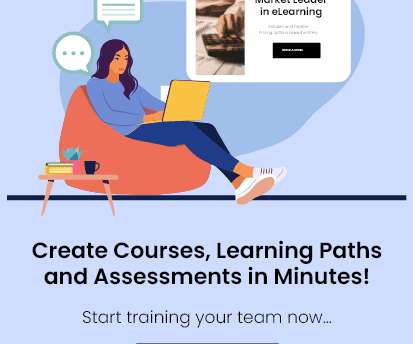RFP Process for eLearning Solutions and Services
Paradiso
DECEMBER 22, 2022
How to Write a Winning RFP to Hire the Best E-learning Vendor? Many businesses that seek to implement RFP process for eLearning as a training strategy within the company for which they allocate the funds end up in trouble. Some of these inquiries are: How do I choose a vendor or service provider for online learning?
















Let's personalize your content